The archipelago of central Dalmatia is bursting with superlatives: it is home to the tallest and longest Croatian island, its capital is the city of Split as the largest Croatian coastal town, this area of the Croatian coast has the least islands, but they are spatially the largest... The amount of these superlatives is enough to make this area the most popular sailing destination for many.
Paklinski Islands (B. Kačan)
Popular routes
When sailing through central Dalmatia, you must pay a visit to the city of Hvar on the eponymous island (the sunniest island in Croatia – another superlative) and the small Paklinski Otoci archipelago in its vicinity. Thanks to its irresistible historical charm and rich architecture surpassing in many ways the heritage of most Croatian islands, the Hvar port, as the hub of nautical ports in the region, is constantly brimming with visitors.
Central Dalmatian islands, especially the city of Hvar as the centre of all events, welcome all types of sailors
Zlatni rat (I. Pervan)
Hidden routes
If you find yourself on Biševo, make sure to visit the Medviđa Špilja cave, where you can experience a real diving adventure and explore the world which was once the home of the Mediterranean monk seal. The southern coasts of the islands of Šolta and Brač offer plenty sheltered coves where you can enjoy pristine tranquillity and beautiful nature.
The traditional Mediterranean atmosphere of the picturesque coastal towns and the sheltered bays are a dream come true for sailors
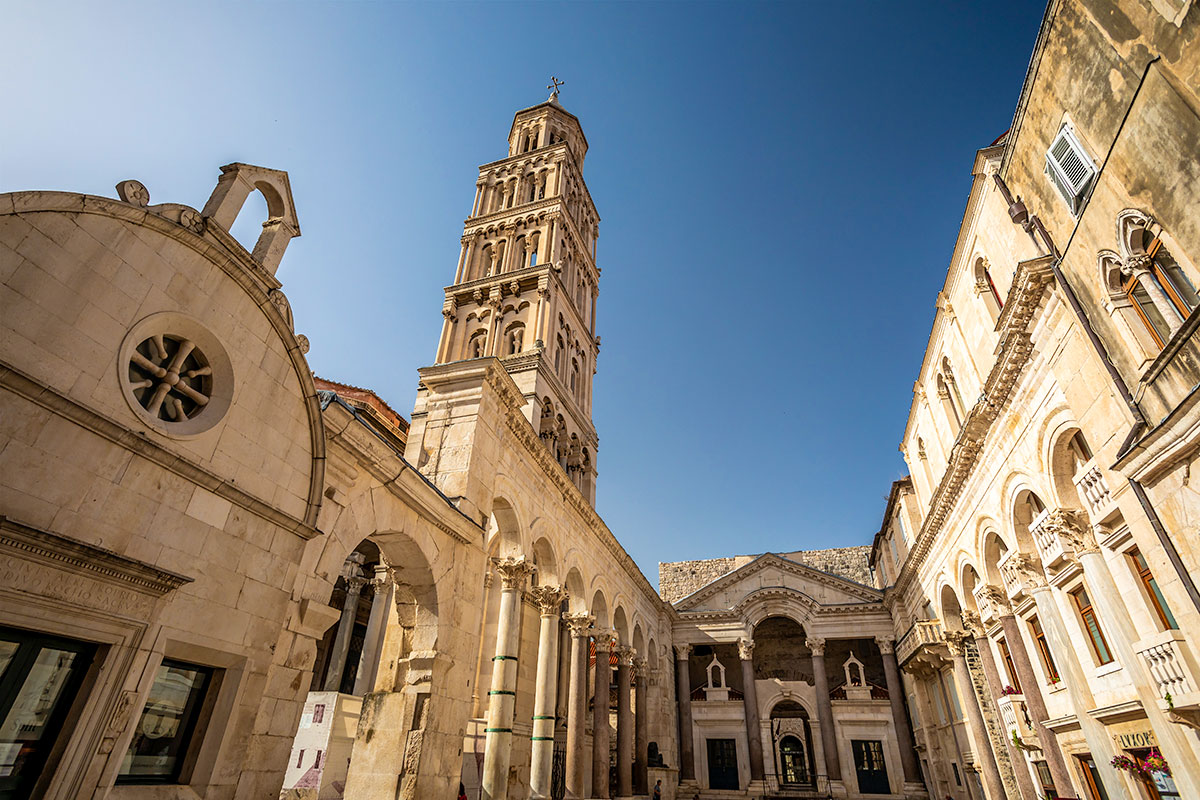
Peristil, Split (J. Duval)
The historical complex of Split with the Palace of Diocletian, an important monument of early Christian architecture, has been included in UNESCO’s World Heritage list
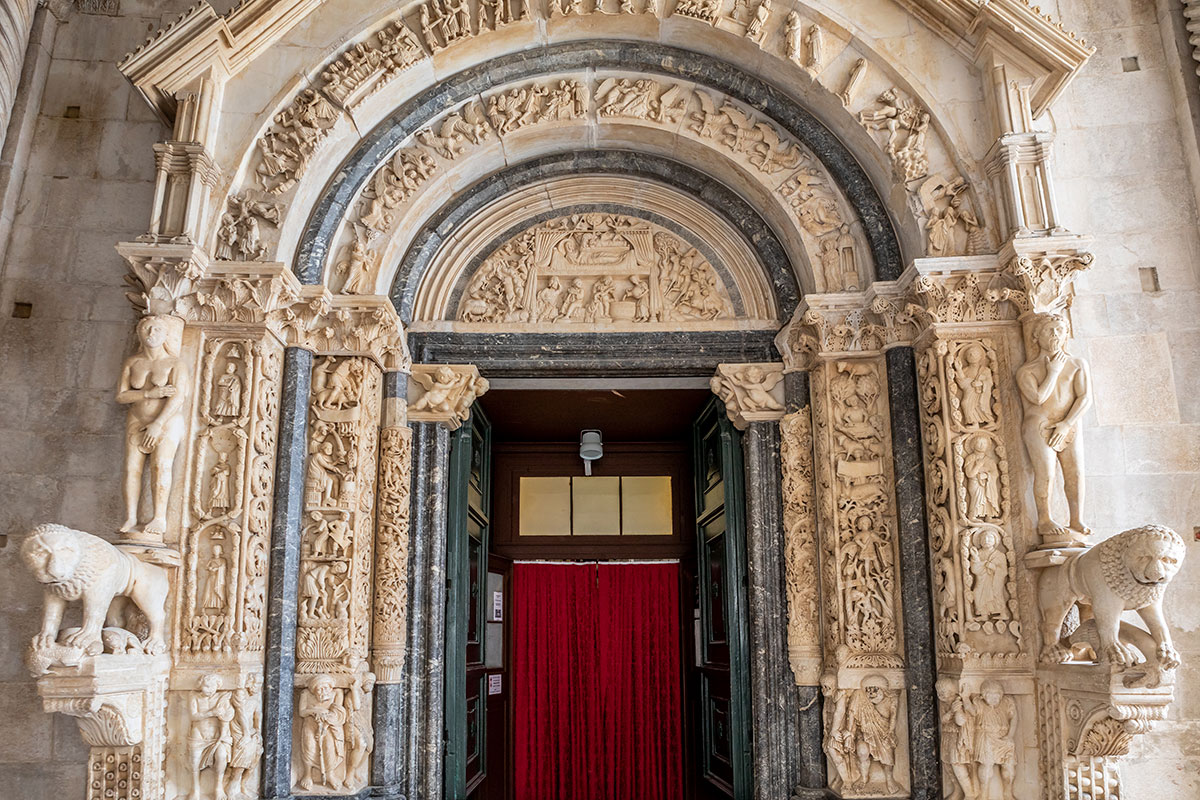
Radovan’s Portal, Trogir (J. Duval)
UNESCO’s World Heritage list also includes the historic city of Trogir, a genuine art trove, whose most impressive feature is the Cathedral of St. Lawrence, constructed from the 13th to the 15th century, adorned by the portal sculpted by Master sculptor Radovan
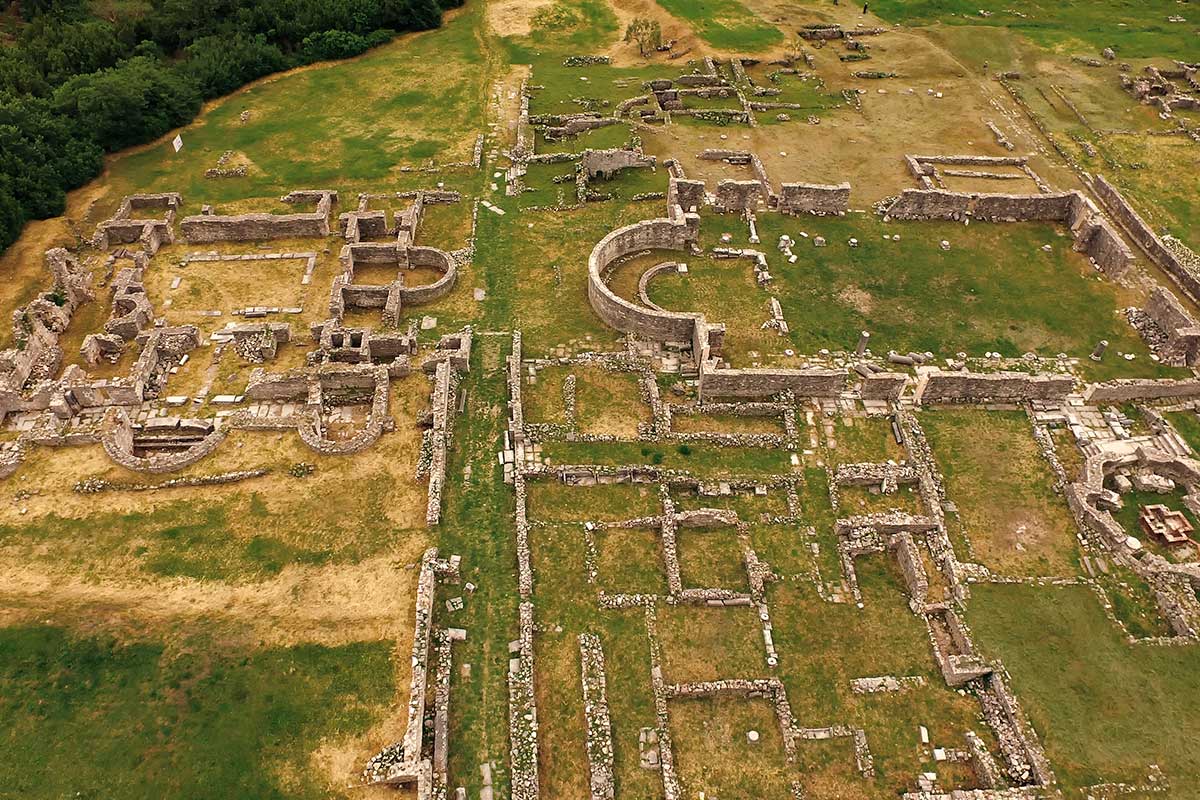
Salona (I. Biočina)
The remains of the ancient city of Salona, once the capital of the great Roman province of Dalmatia, are also located in the vicinity of Split
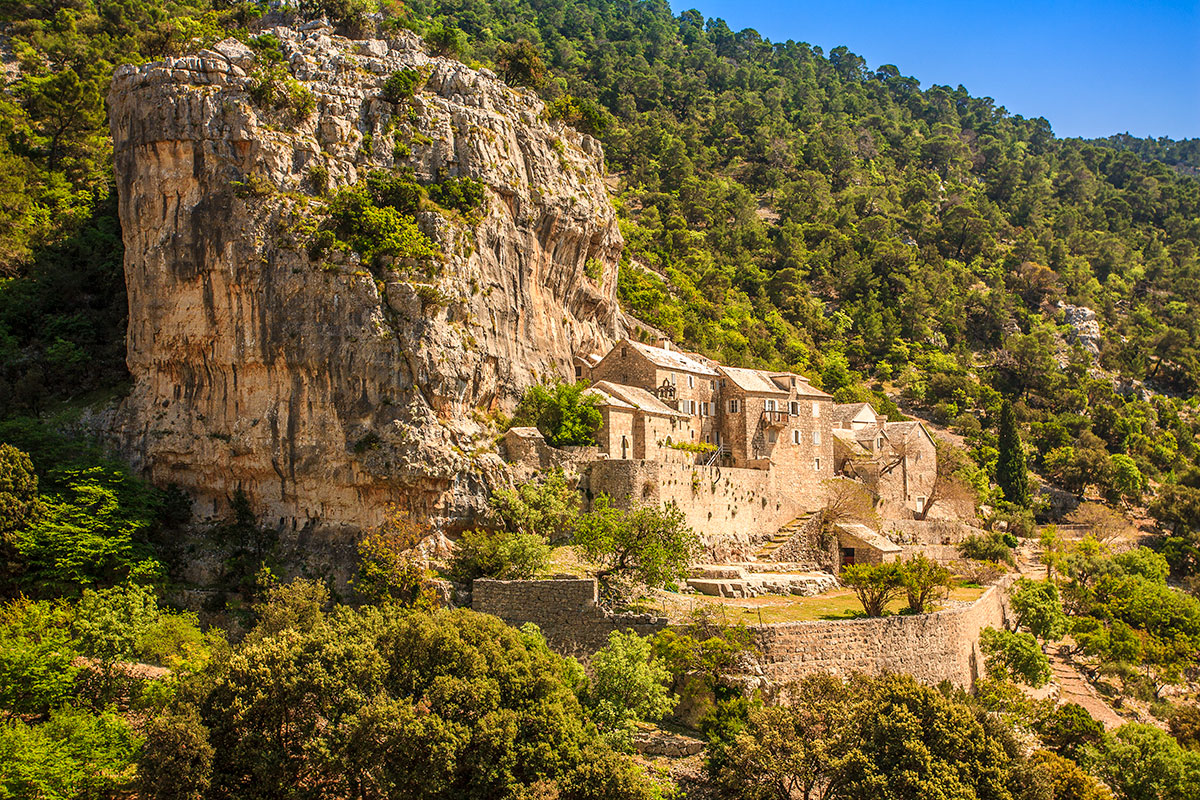
The Blaca Hermitage, Brač (Z. Jelača)
The Blaca Hermitage is an important cultural monument on the island of Brač. The mountain monastery was built by the Croatian Glagolitic monks in the 15th century
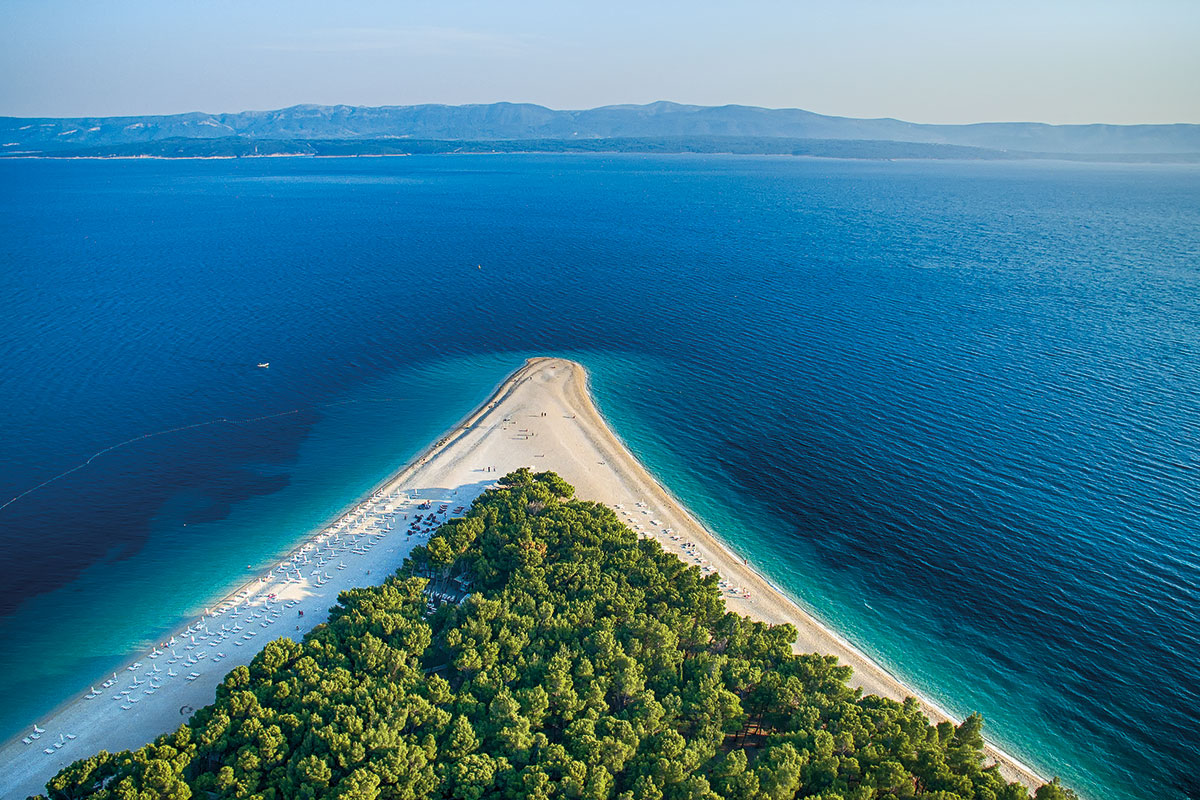
Zlatni rat (I. Biočina)
The island of Brač is also home to Zlatni Rat, a beautiful beach made of tiny pebbles whose changing shape is influenced by the sea and the winds
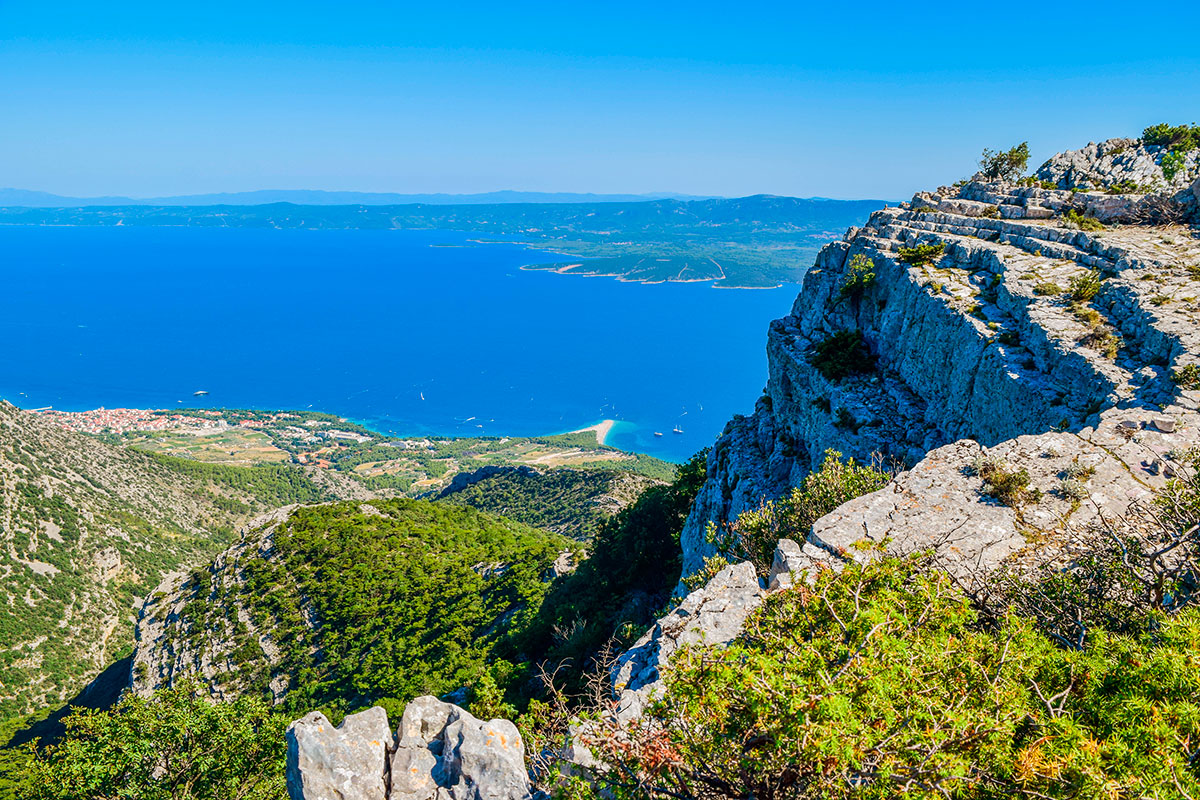
Vidova gora, Brač
The highest point of the island of Brač and one of the most beautiful viewpoints in the Adriatic is the 780-metre-tall hill Vidova Gora
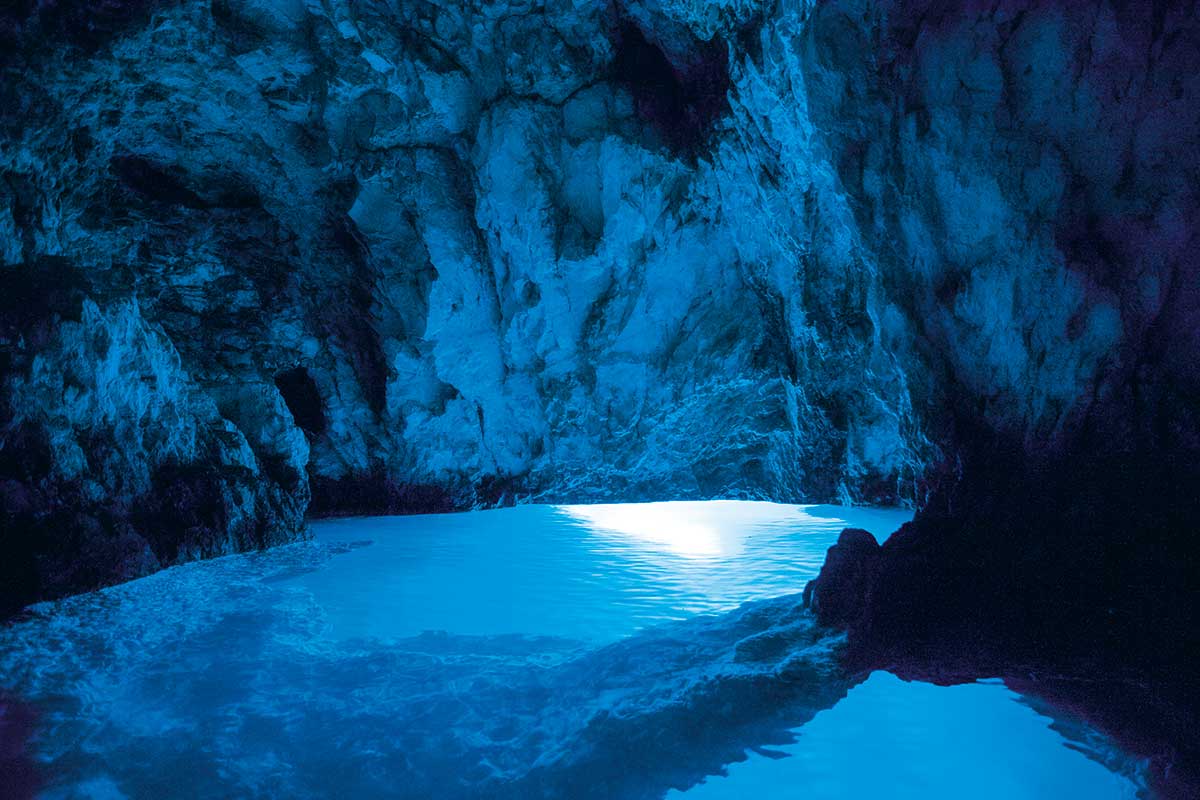
The Blue Cave, Biševo (Z. Jelača)
The Blue Cave on the island of Biševo is a geomorphological nature monument, characterised by a one-of-a-kind play of light and colours
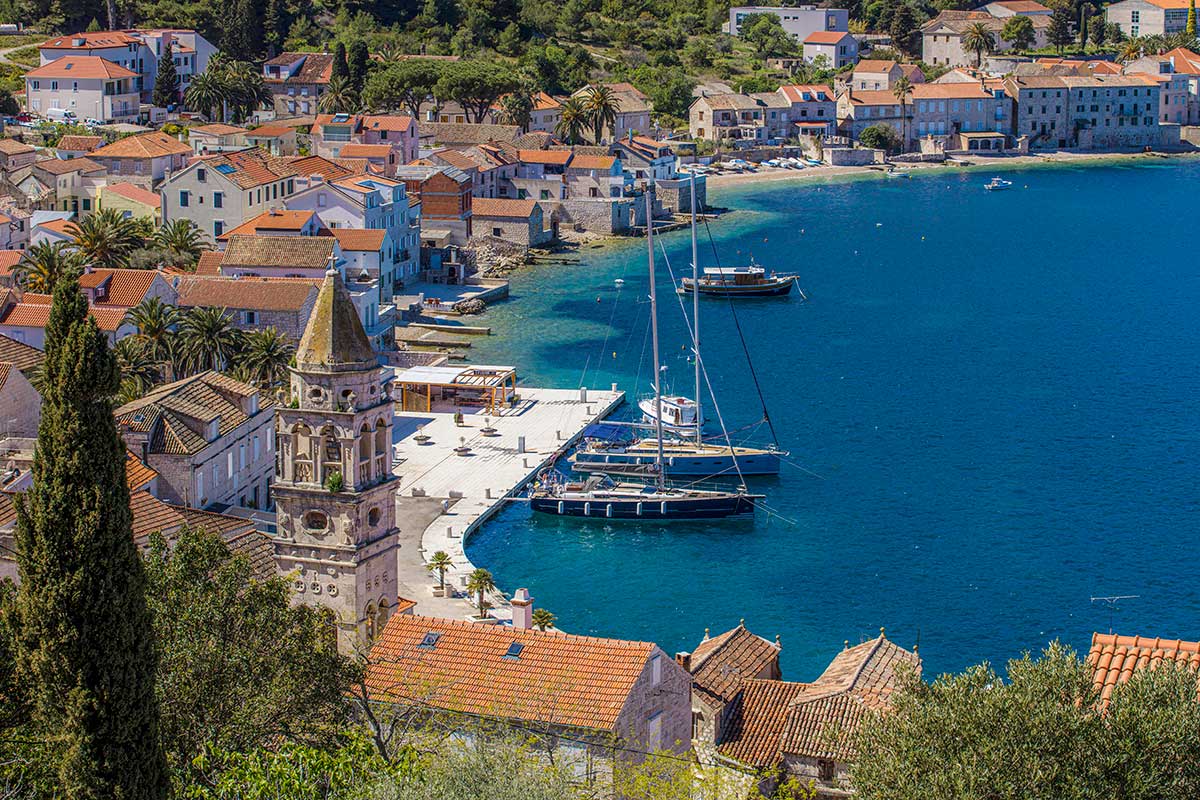
Vis (H. Serdar)
The ancient port in Vis, located next to the Prirovo peninsula, is easily accessible to free divers
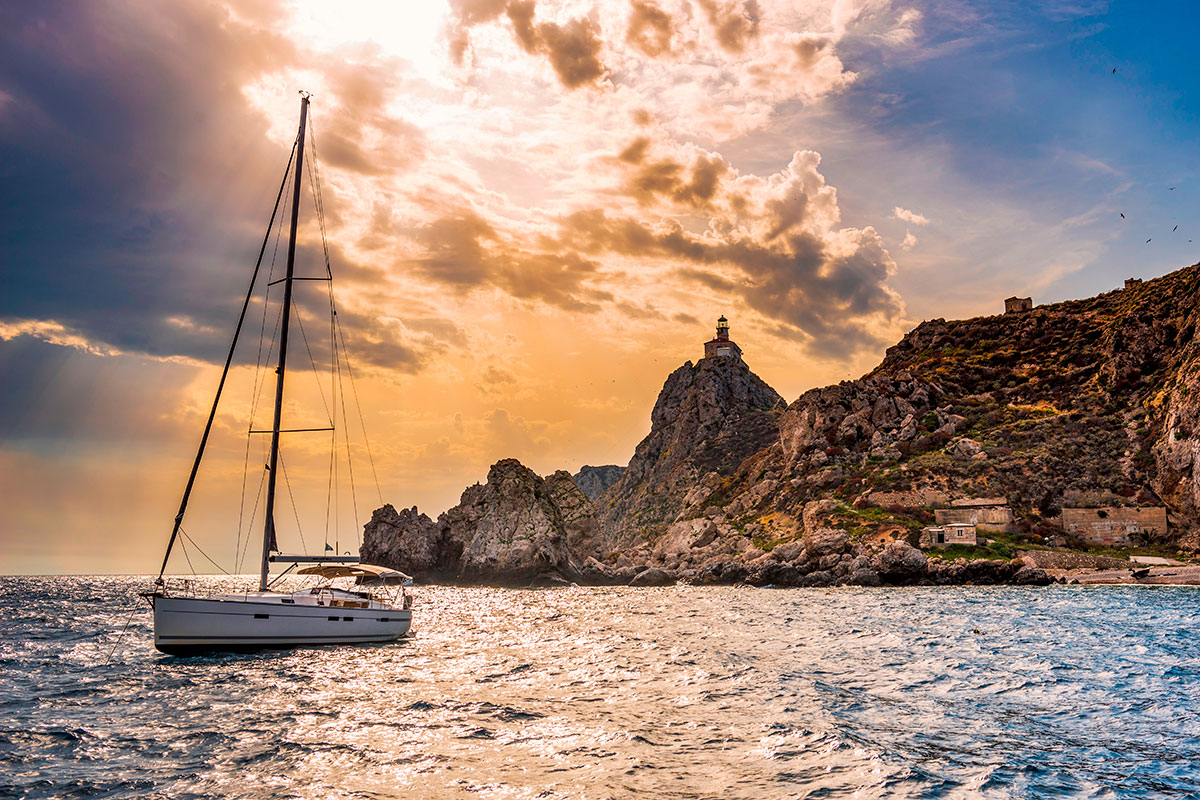
Palagruža
Research of Palagruža, the burial place of Diomedes according to Greek legends, has uncovered 4,000 ceramic artefacts, including architectural pieces (maybe parts of Diomedes’ temple)
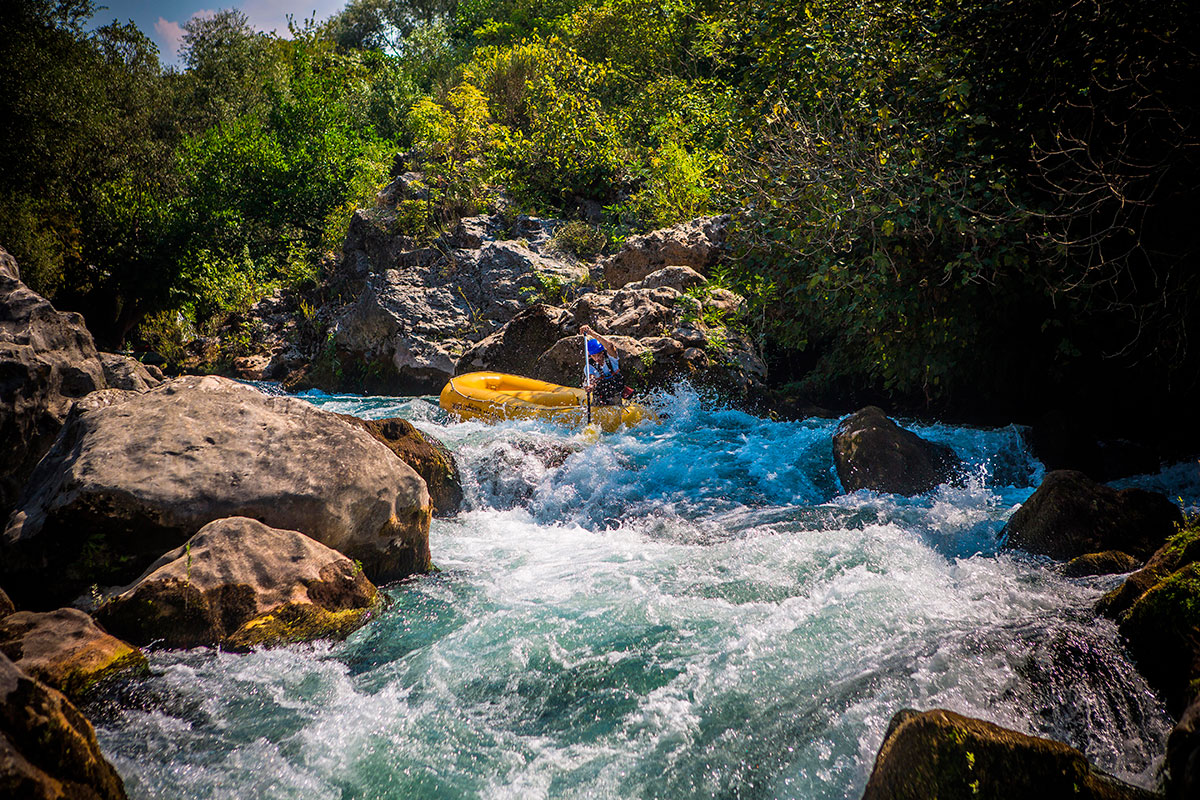
Cetina (I. Biočina)
The impressive canyon carved by the river Cetina, one of the most beautiful rivers in Croatia, and numerous rapids in its downstream path are sure to excite the fans of rafting
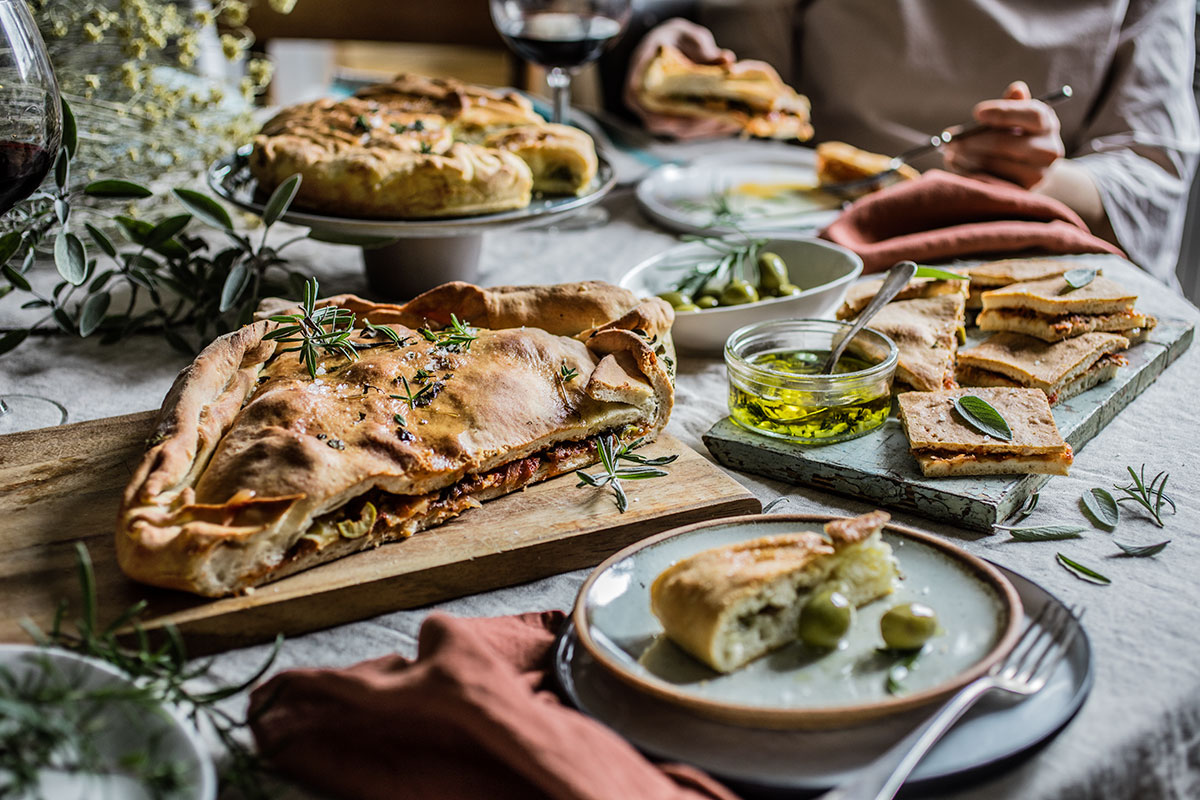
M. D. Pečanić
The gastronomy in the area of Split is one of the finest in the Mediterranean, and it includes true delicacies such as the gregada (fish soup), gnocchi pašticada (stewed beef dish in a special sauce), sinjski arambašići (meat wrapped in cabbage leaves), soparnik (savoury pie with a chard filling), vitalac (skewered and roasted lamb offal), lamb tripe, artichokes with broad beans, viška pogača (flat bread with fillets of salted fish), fritule and kroštule (fried pastry resembling doughnut holes), as well as wines such as Plavac Mali, Dobričić, Vugava and Bogdanuša
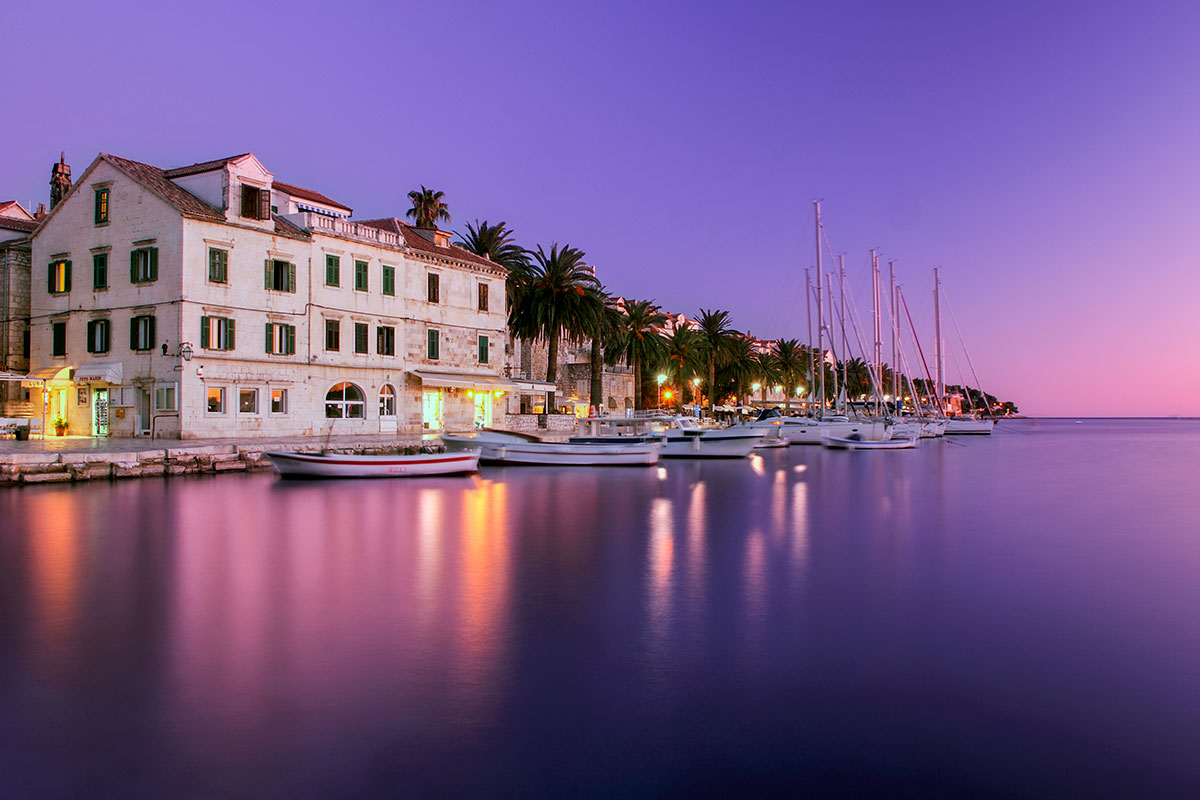
Hvar (L. Esenko)